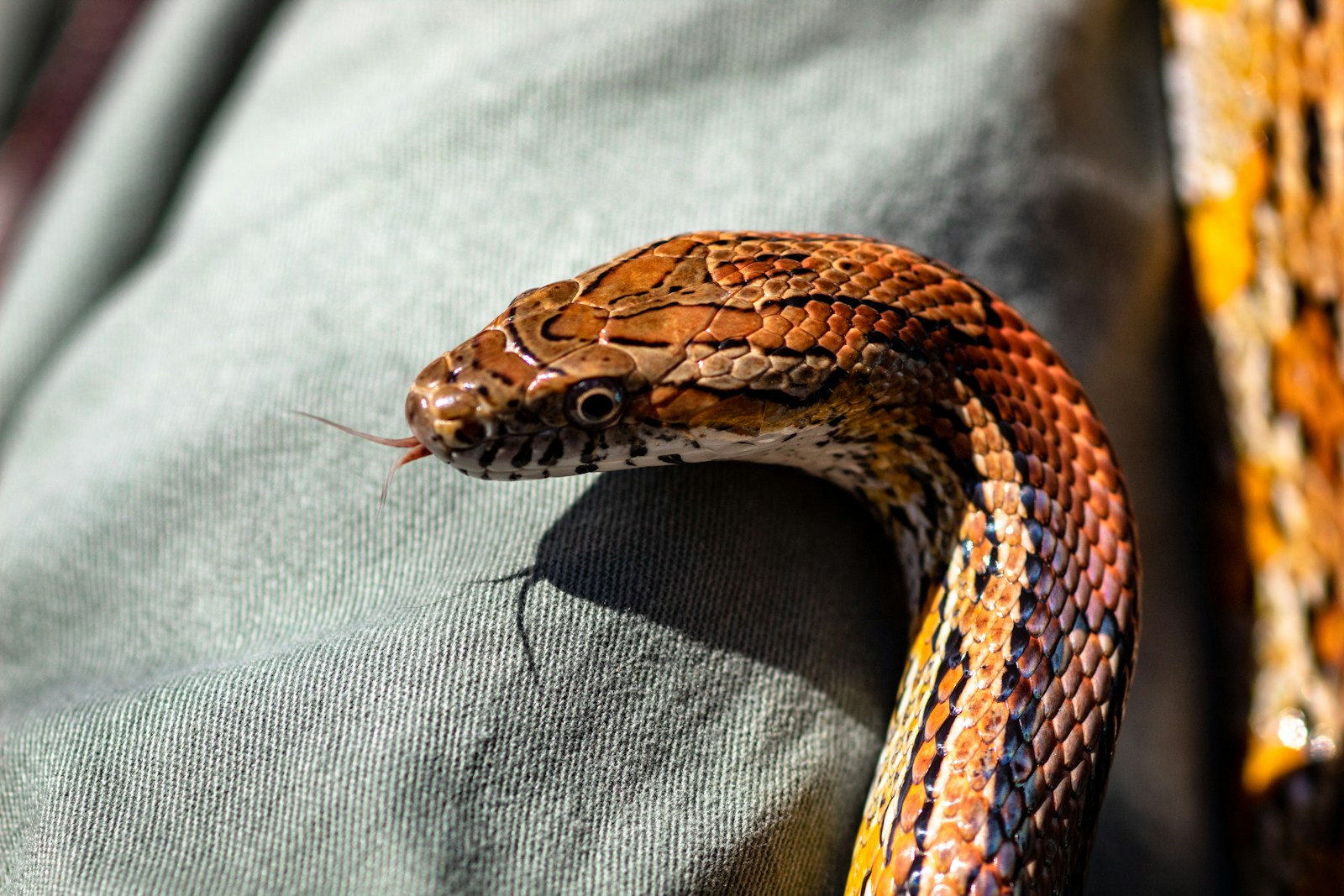Have you ever caught your pet snake in what appears to be a mid-yawn stretch, mouth gaping wide open, even though it’s nowhere near feeding time? Or perhaps you’ve witnessed this peculiar behavior in a wildlife documentary and wondered what’s happening. While humans yawn when tired or bored, snake “yawns” serve entirely different purposes. This fascinating behavior, technically called “mouth gaping,” is not actually yawning as we understand it, but rather serves several crucial functions in a snake’s life beyond just preparing for a meal. Let’s explore the surprising reasons behind this mysterious and often misunderstood serpent behavior.
Realigning Their Jaw Mechanism
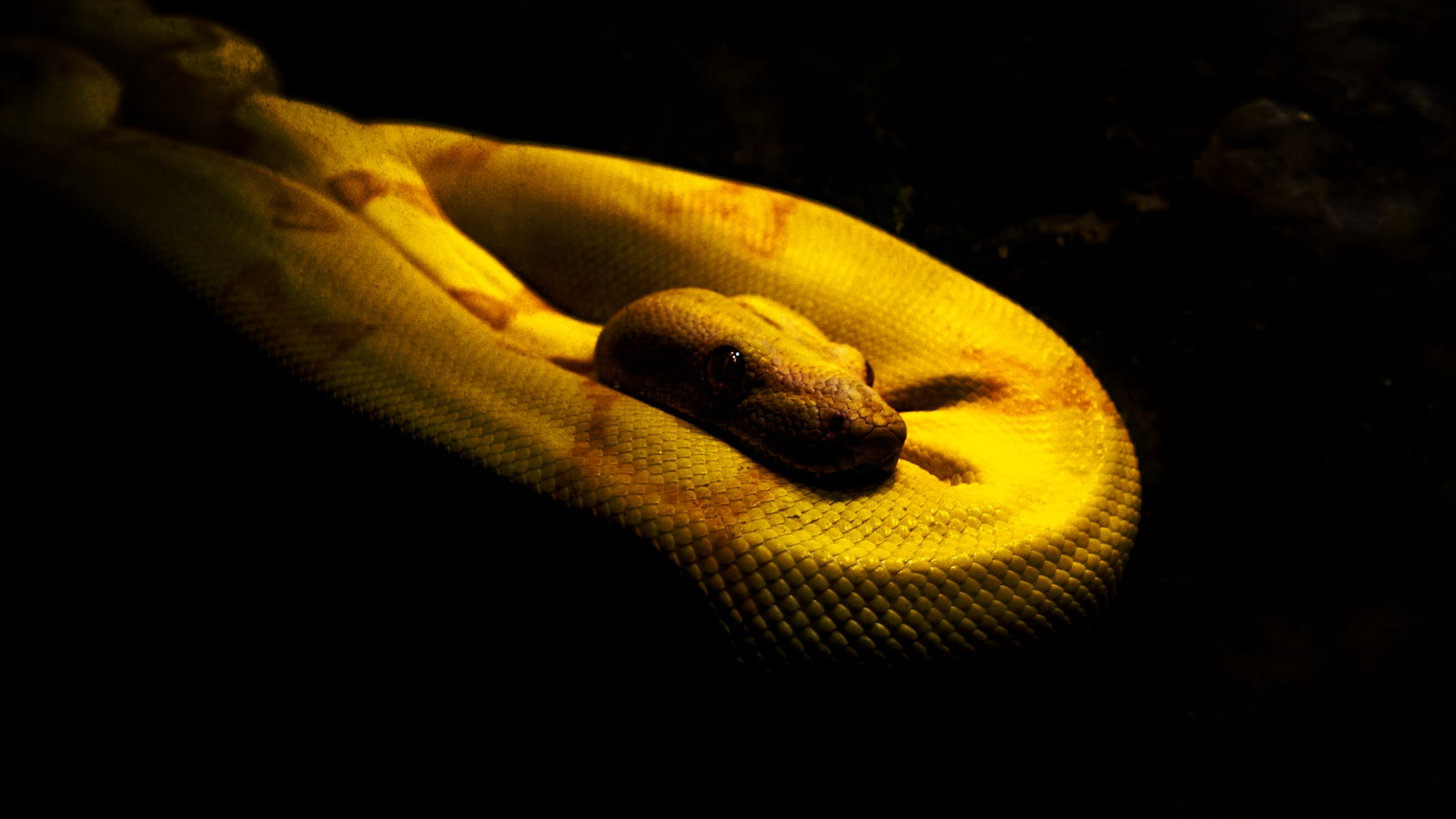
One of the primary reasons snakes perform yawn-like motions is to realign their incredibly flexible jaw apparatus. Unlike humans, snakes possess a jaw that’s not fused at the mandibular symphysis (the joint where the two halves of the lower jaw meet), allowing them remarkable flexibility. After eating or sometimes during general movement, the jaw components may become slightly misaligned. The yawning motion helps the snake reset these complex mechanisms to their proper positions. This jaw maintenance is particularly important for snakes, as their ability to unhinge their jaws is crucial for their survival, allowing them to consume prey much larger than their head size.
Preparing for Respiratory Changes

Snakes may “yawn” to prepare their respiratory system for changes in breathing patterns or requirements. When a snake needs to increase oxygen intake, perhaps due to stress, excitement, or after periods of reduced respiration, mouth gaping can help expand the glottis (the opening to the trachea). This expansion facilitates greater airflow into the respiratory system, essentially serving as a way to take a deep breath. For species that spend time in water or burrows where oxygen might be limited, this behavior can be particularly important as a way to quickly replenish oxygen supplies when they return to better-ventilated environments.
Gathering Chemical Information
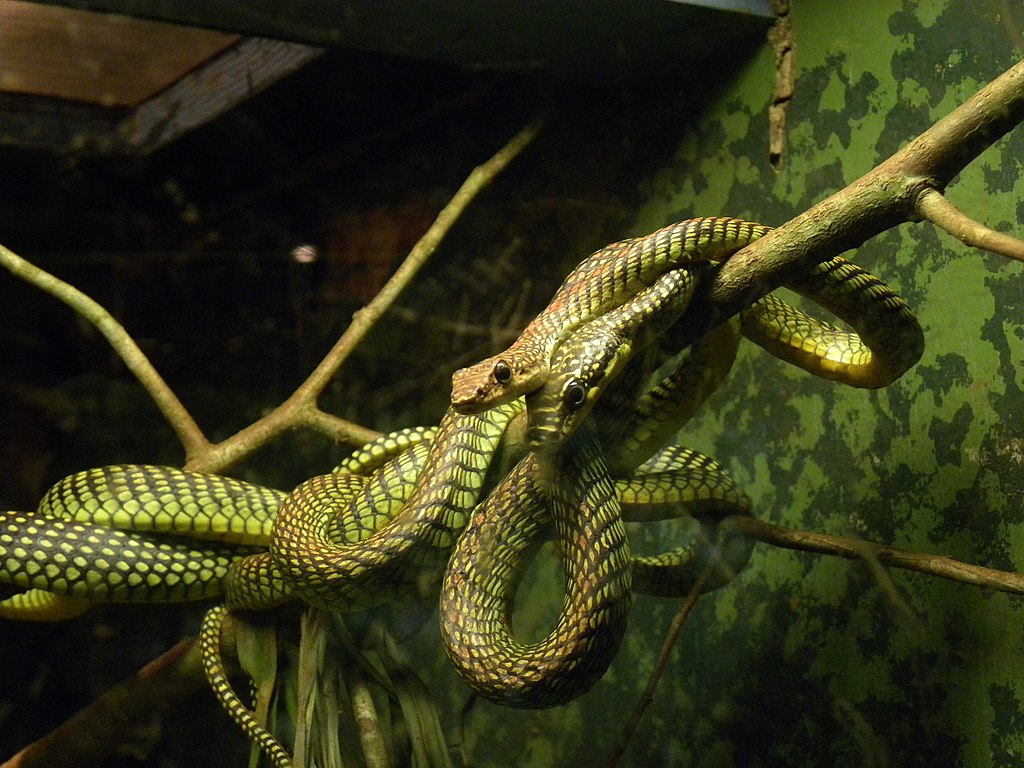
The yawning behavior can sometimes be associated with a snake’s chemosensory system. When a snake opens its mouth widely, it may be enhancing its ability to collect chemical information from the environment using its vomeronasal organ (Jacobson’s organ). While snake tongues flick to collect scent particles, the wide-open mouth position can sometimes help draw in more air and chemical signals. This sensory enhancement becomes especially important when snakes are tracking prey, identifying potential mates, or detecting predators in their vicinity. Some species demonstrate this behavior more frequently when they’re actively investigating new or complex environments rich with chemical signals.
Stress Response Mechanism
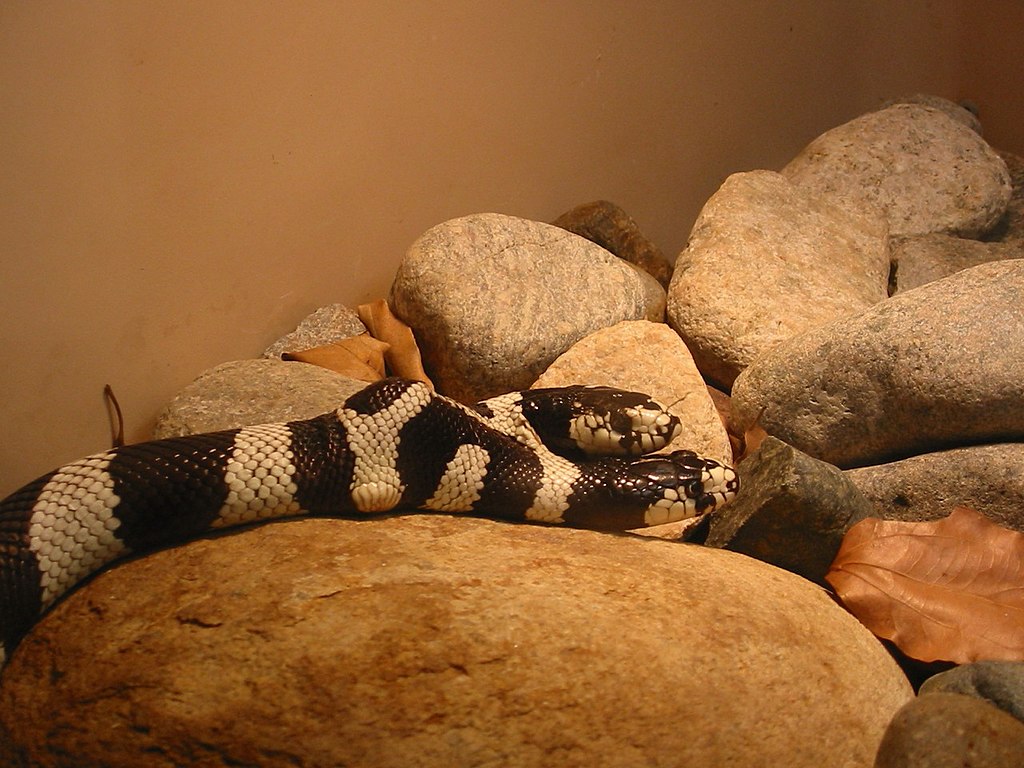
Just as humans might display involuntary behaviors when stressed, snakes may gape their mouths as a response to stress or discomfort. This stress-related yawning can occur when a snake feels threatened, is being handled excessively, or is placed in an unfamiliar environment. The behavior might serve as a warning display to potential threats or could be an involuntary response triggered by the snake’s nervous system. Reptile keepers often note increased yawning behaviors when snakes are introduced to new enclosures or when environmental parameters like temperature or humidity fall outside optimal ranges, suggesting this behavior can be an important indicator of a snake’s psychological state.
Addressing Respiratory Infections
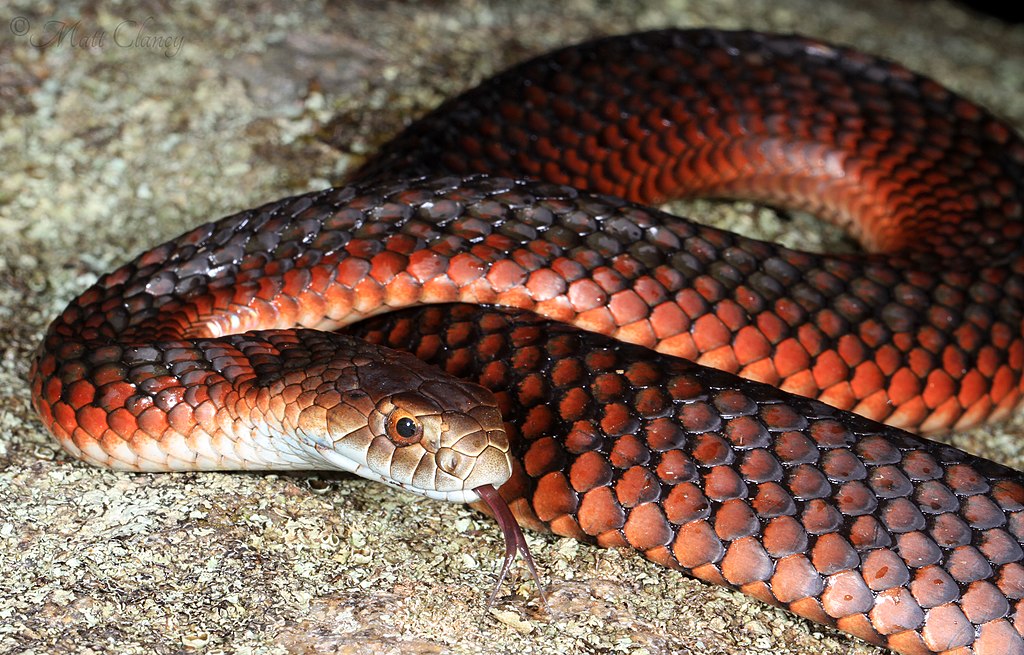
Frequent mouth gaping can sometimes indicate respiratory issues in snakes. When suffering from respiratory infections, snakes may open their mouths to breathe more easily as their nasal passages become congested. This behavior is often accompanied by other symptoms such as bubbling mucus around the mouth or nostrils, wheezing sounds, or abnormal posturing with the head and neck elevated. Snake owners should be particularly attentive if yawning behaviors increase suddenly or are paired with these additional symptoms. Unlike the occasional normal yawn, pathological mouth gaping tends to be more persistent and may be accompanied by the snake keeping its mouth slightly open even between full gapes.
Shedding Preparation

During the pre-shedding phase known as “blue phase” or “opacification,” snakes may yawn more frequently as part of their preparation for the shedding process. This behavior helps stretch the skin around the head and mouth area, which is often one of the more challenging regions during a shed. The flexibility required to remove the old skin from the head necessitates this stretching behavior. Observant snake owners will notice this increased yawning behavior along with other pre-shedding signs such as dulling coloration, milky blue eyes, and reduced appetite, typically beginning a few days before the actual shedding process commences.
Thermoregulation Behavior
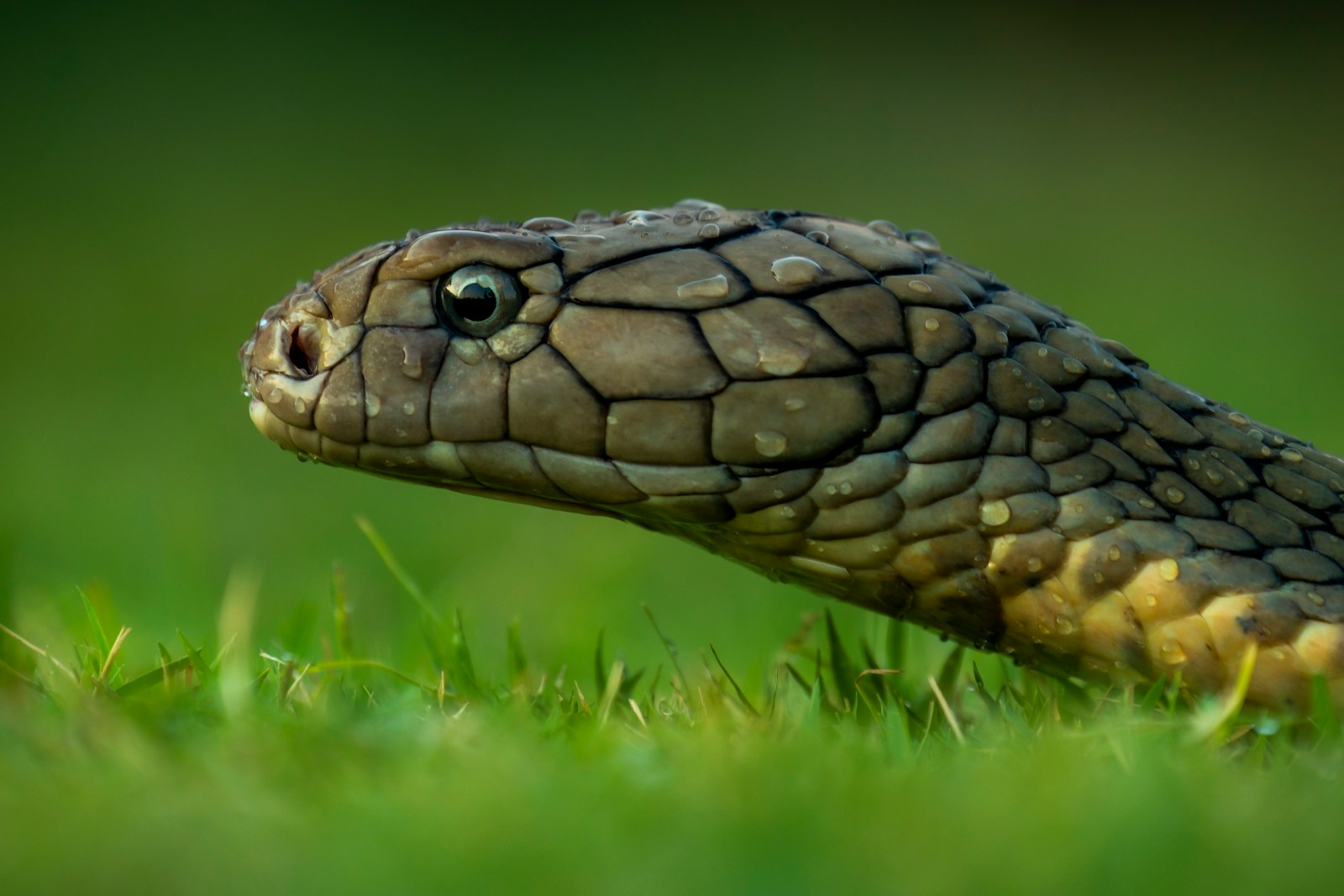
Some scientists believe that mouth gaping may play a role in thermoregulation for certain snake species. By opening their mouths, snakes can release excess heat through evaporative cooling when ambient temperatures rise beyond their comfort zone. This behavior is more commonly observed in species that live in hot environments where overheating poses a significant risk. Desert dwelling species, for instance, may use mouth gaping as one of several strategies to maintain optimal body temperature when environmental temperatures soar. This thermoregulatory yawning is typically longer in duration than other types of mouth gaping and may be accompanied by the snake seeking shade or reduced activity.
Post-Feeding Adjustment
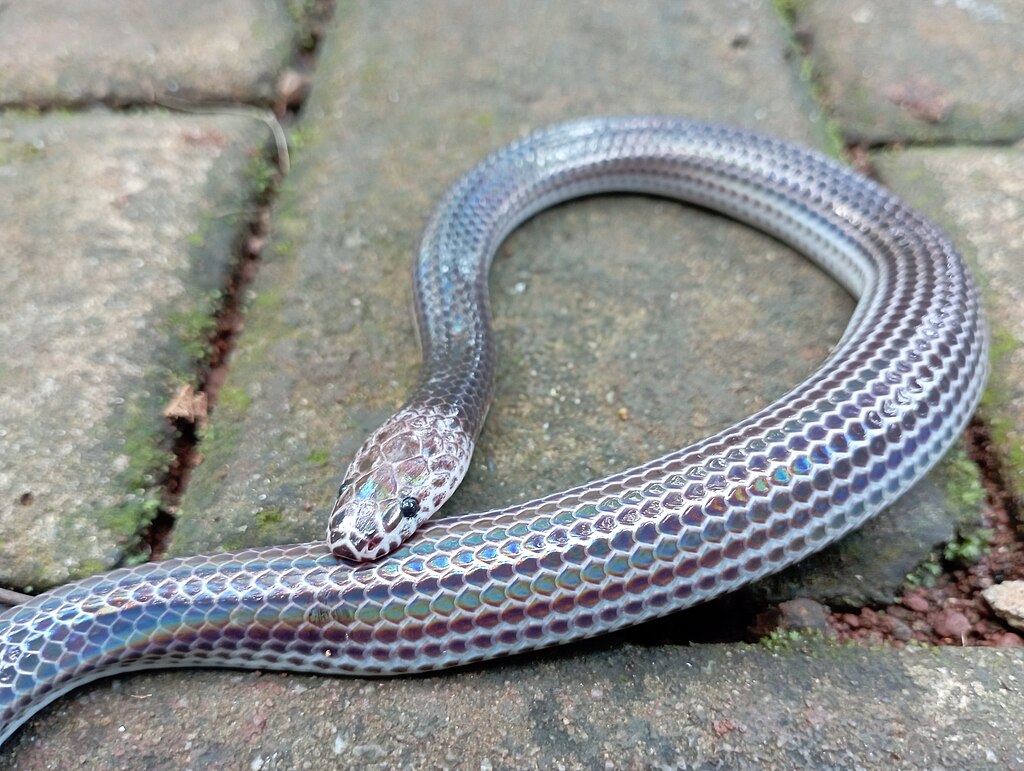
While we typically associate snake yawning with pre-feeding preparation, they also yawn after consuming prey as part of their post-feeding adjustment process. After swallowing a large meal, the snake’s jaw apparatus experiences significant strain and displacement. The yawning motion helps realign these structures and ensures everything returns to its proper positioning. This post-feeding yawn differs slightly from other types, often appearing more exaggerated and deliberate as the snake works to reset its jaw mechanics. Some snake species may perform this behavior several times in succession following a particularly challenging meal, especially if the prey was near the upper limits of what the snake could consume.
Clearing Debris From the Mouth
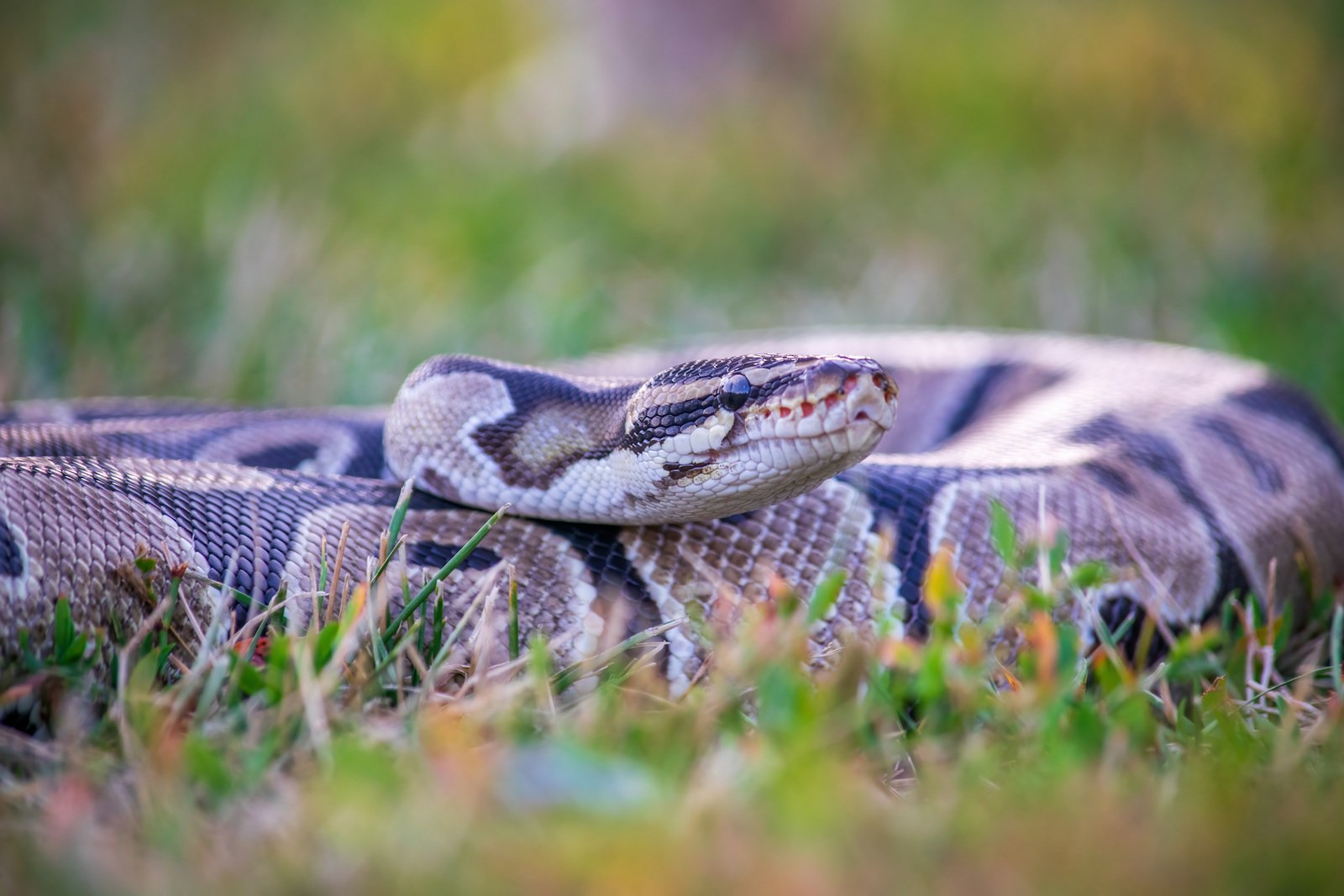
The practical function of clearing unwanted material from the mouth area represents another reason for snake yawning. Snakes lack the ability to spit or cough effectively, so the wide gaping motion provides a method to dislodge substrate particles, shed skin fragments, or food residue that may have become stuck in the mouth. This cleaning behavior is particularly important for snakes living in sandy or dusty environments where fine particles can easily enter the mouth during normal activities. Captive snakes housed on loose substrates like aspen shavings or coconut fiber may display this behavior more frequently than those kept on solid surfaces.
Hormonal or Seasonal Triggers
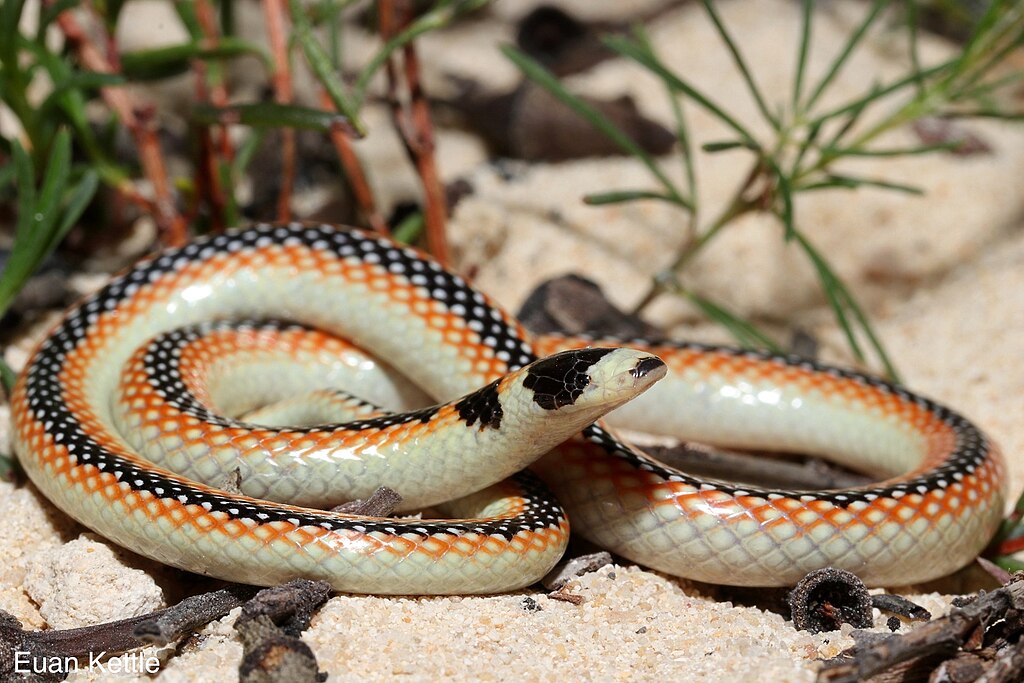
Some herpetologists have observed increased yawning behaviors correlated with hormonal changes or seasonal shifts in snakes. During breeding seasons, both male and female snakes may exhibit more frequent mouth gaping as part of their overall increase in activity and physiological changes. This seasonally triggered yawning may be associated with the heightened sensory awareness required during mating periods. Certain species demonstrate clear seasonal patterns in this behavior, with temperate climate species showing increased yawning during spring emergence from brumation or during fall mating seasons when hormone levels fluctuate significantly.
Neurological Function

Yawning-like behaviors in snakes may sometimes serve neurological functions similar to those hypothesized in mammals. The stretching motion could potentially increase blood flow to the brain or help regulate certain neurochemicals. While less studied than in mammals, this neurological component might explain why snakes sometimes yawn when transitioning between states of alertness or rest. Some reptile specialists have observed increased yawning behaviors when snakes are waking from periods of inactivity or preparing to enter restful states, suggesting a possible role in neurological state transitions. This aspect of snake yawning remains one of the more intriguing areas for future research in reptile neurobiology.
Species-Specific Variations
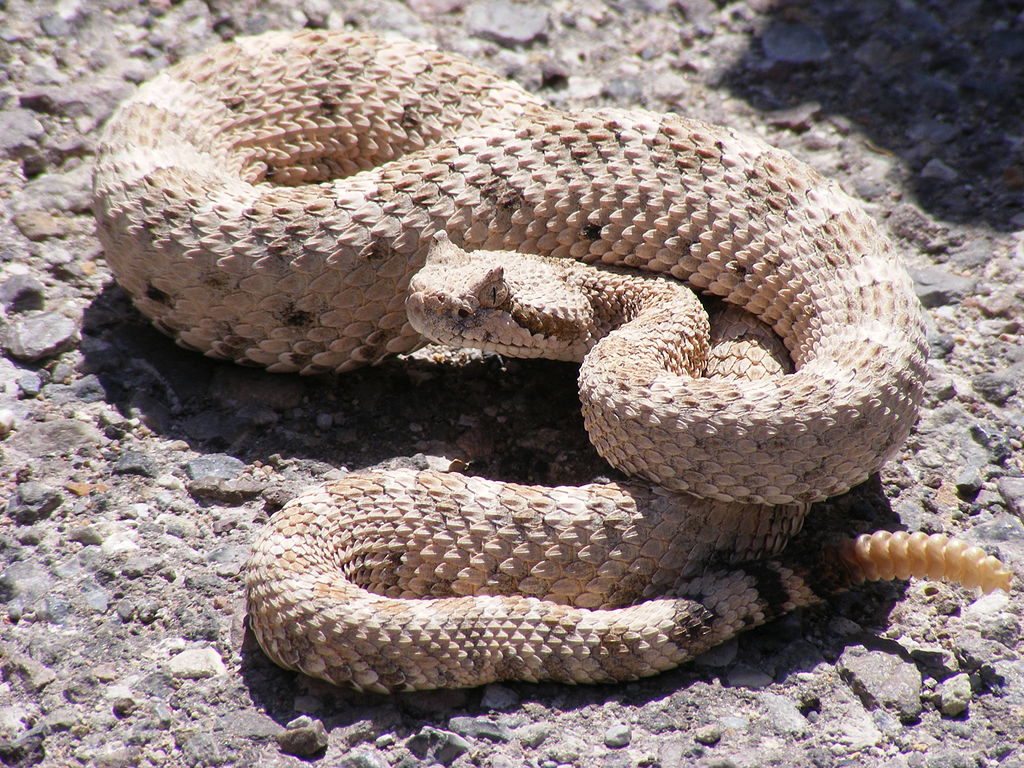
Different snake species exhibit varying frequencies and styles of yawning behaviors based on their evolutionary adaptations and ecological niches. Highly specialized feeders, like egg-eating snakes (genus Dasypeltis), display particularly dramatic yawning behaviors that reflect their unique feeding mechanisms. Arboreal species often demonstrate more subtle, controlled yawning compared to terrestrial or aquatic counterparts. Some highly defensive species have evolved yawning into elaborate threat displays, where the behavior serves as a warning to potential predators by showcasing the mouth’s interior coloration or fang apparatus. These species-specific adaptations highlight how evolution has shaped this basic behavior to serve specialized functions across the diverse snake families.
When Yawning Indicates Health Concerns
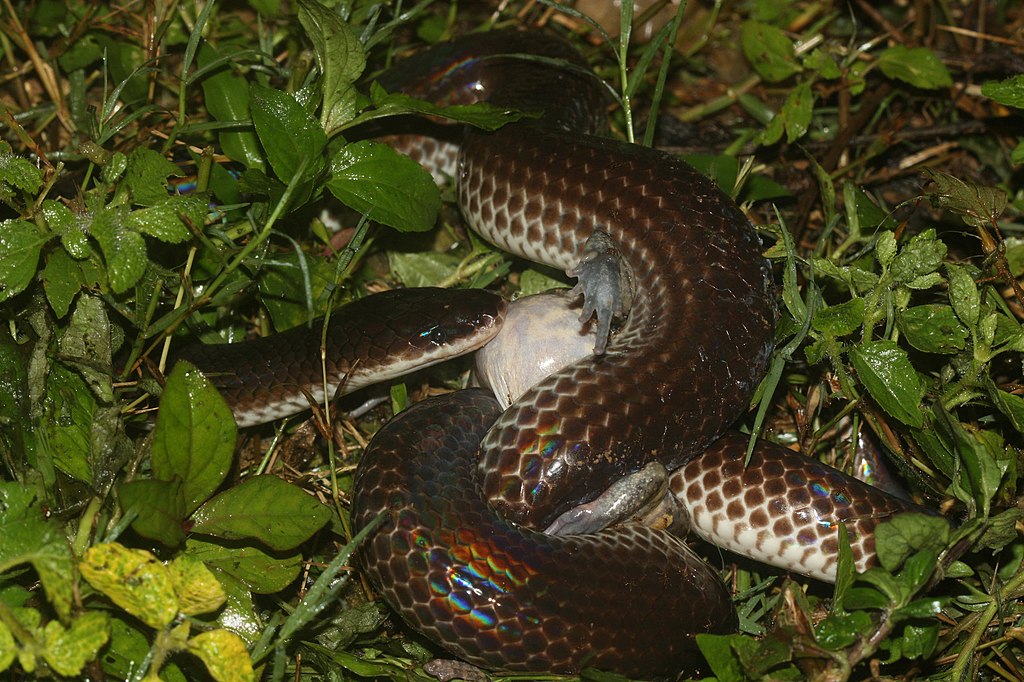
While yawning is typically normal behavior, certain patterns can signal health issues requiring veterinary attention. Excessive, repeated yawning accompanied by open-mouth breathing, unusual head positioning, or visible difficulty closing the mouth may indicate serious conditions like mouth rot (infectious stomatitis), jaw injuries, or neurological disorders. Respiratory infections often trigger increased yawning, especially when paired with audible breathing, mucus production, or lethargy. Snake owners should monitor the context and frequency of yawning, being particularly alert if the behavior increases dramatically or appears labored. Early veterinary intervention for these conditions can make a significant difference in treatment outcomes, as reptile health issues often progress significantly before becoming overtly visible.
Snake yawning represents a fascinating example of how seemingly familiar behaviors can serve completely different evolutionary purposes across species. From realigning complex jaw structures to enhancing sensory perception, these mouth-gaping behaviors fulfill critical functions in snake physiology and behavior. Understanding these various functions not only satisfies our curiosity about these remarkable reptiles but also helps snake owners and herpetologists better interpret their animals’ behaviors and needs. Next time you witness a snake in mid-yawn, you’ll recognize it’s engaged in something far more complex than simply expressing fatigue—it’s performing one of the many specialized behaviors that help these unique animals thrive in their remarkable evolutionary niche.

